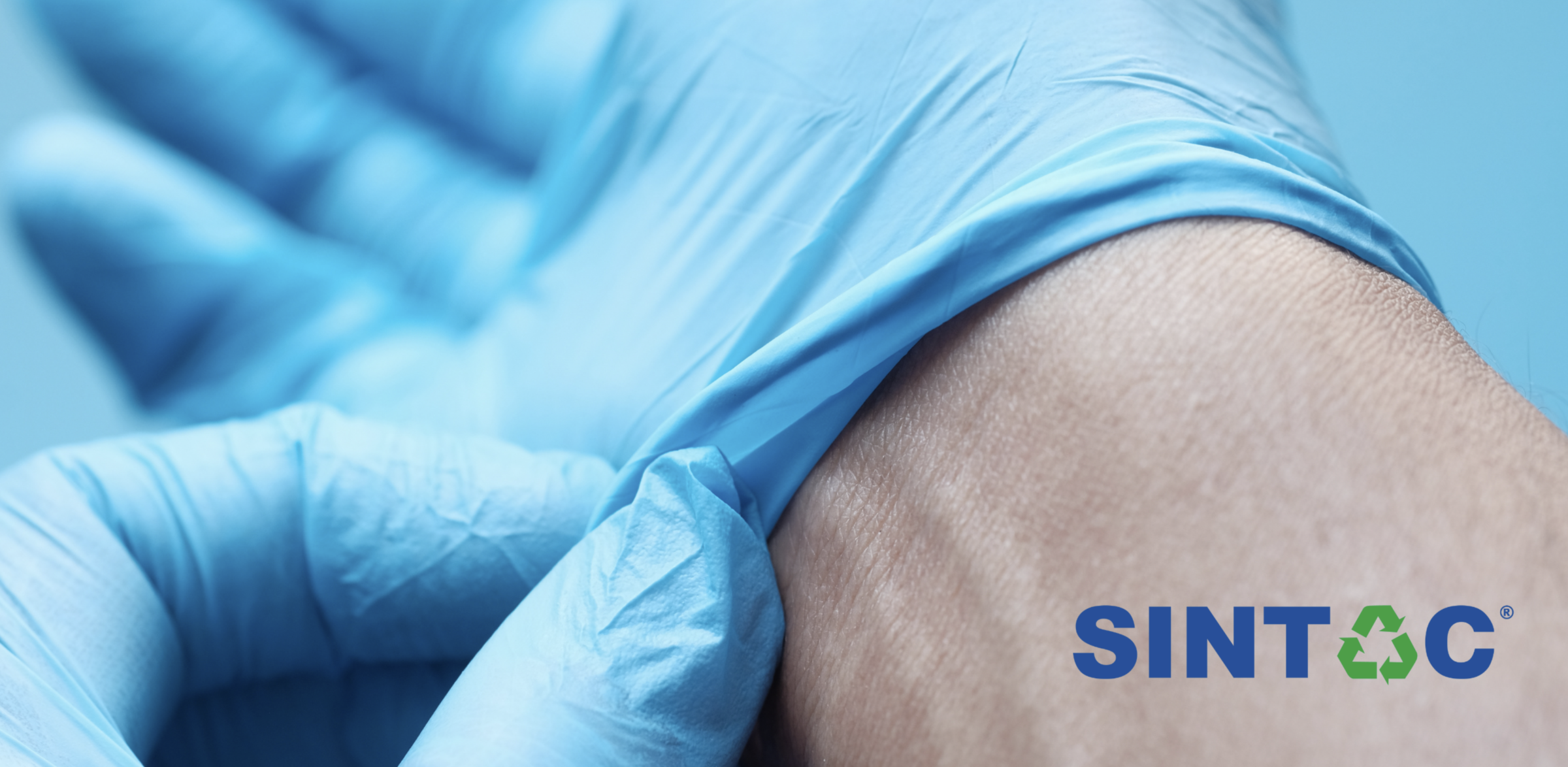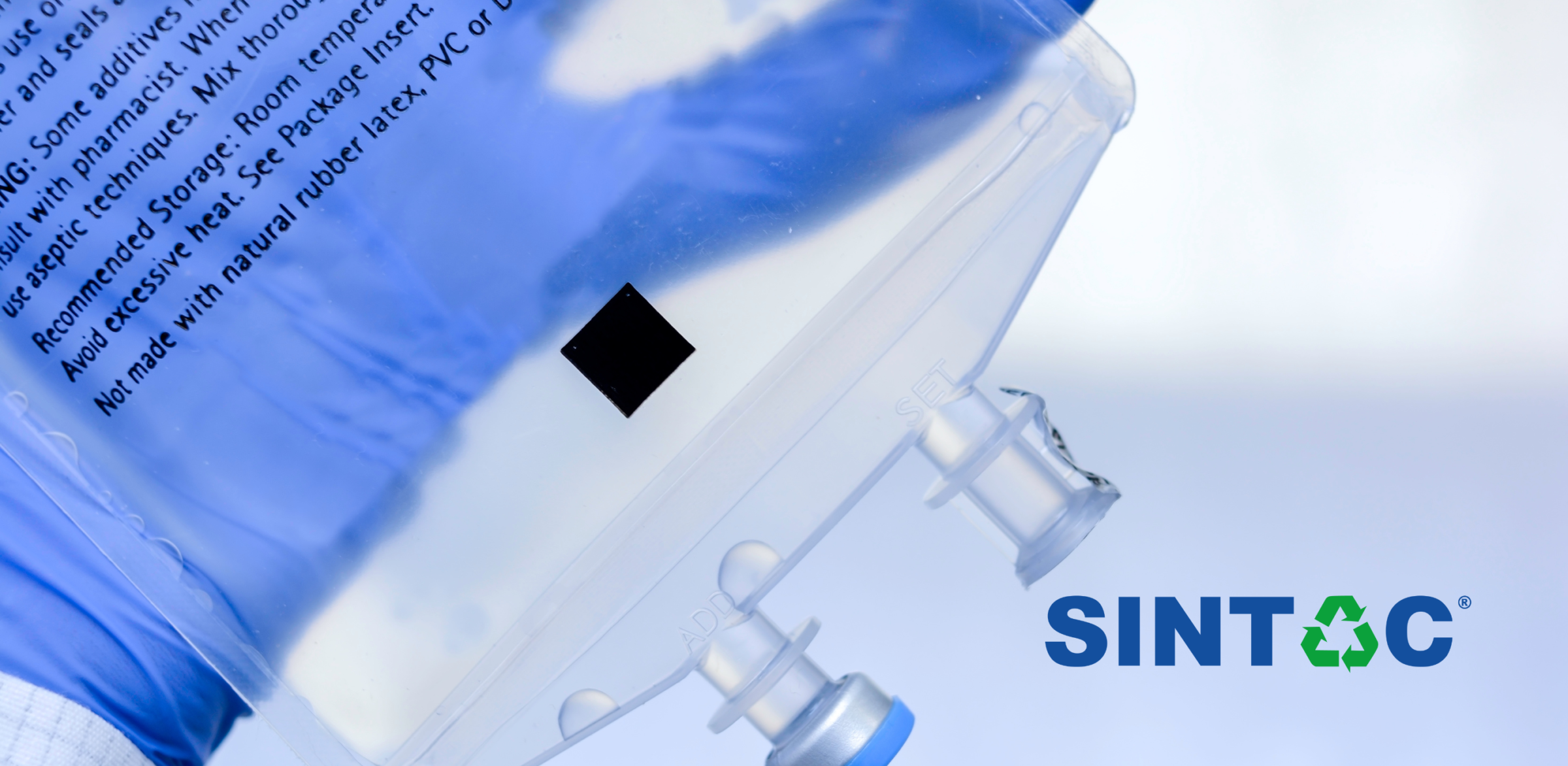Importance of plastics in medicine
The use of plastics in medicine has revolutionized the way medical procedures are carried out and has improved the quality of life for patients around the world. Plastics offer a wide range of applications in the medical sector and have numerous advantages in terms of safety, efficiency and costs. So much so that half of the medical and pharmaceutical products manufactured worldwide are made from this material.
In this article, we will explore the importance of plastics in medicine, their various applications, the advantages they offer and some of the most used polymers in this professional sector. In addition, we will share some doctors made with these plastic objects.
Plastics play an essential role in the medical field due to their versatility, durability and ability to comply with safety standards and health regulations. These materials have revolutionised the manufacture of medical devices, diagnostic equipment and pharmaceutical packaging. In addition, plastics are instrumental in the creation of medical implants, such as prostheses, stents and replacement components. The adaptability of plastics to various medical needs has led to significant advances in the treatment of disease and injury.
What applications does plastic have in the medical sector?
Plastic is used in a wide range of medical applications. Some of the most prominent include:
a) Medical devices: Plastics are used to make medical equipment such as syringes, catheters, infusion tubes, monitoring equipment, gloves, and dressings. These devices offer high flexibility, resistance and sterility, which is crucial to guarantee the safety and efficacy of medical procedures.
b) Pharmaceutical packaging: Plastics are used in the manufacture of bottles, ampoules and blister packs for medicines, providing protection against humidity, light and contamination, which helps to preserve the quality and efficacy of pharmaceuticals.
c) Medical implants: Biocompatible plastics, such as high-density polyethylene and polymethyl methacrylate, are used to create durable and safe medical implants. These include joint replacements, coronary stents, bone repair devices, and replacement components.

What are its advantages?
Plastics offer several key benefits in the healthcare sector:
- Lightness and flexibility: Plastics are lightweight and highly malleable materials. They adapt to an infinite number of shapes, even the finest and smallest. This feature allows its use in medical devices and reduces patient fatigue.
- Sterility: Plastics can be easily sterilized without losing their physical properties. Something essential in medical environments both to prevent infections and to guarantee patient safety and the safety of the hospital environment.
- Durability: Plastics are durable and resistant to chemicals, heat and high impacts. In fact, the tubes made with this material, unlike those made of glass, can be put in a centrifuge without breaking. Some characteristics that make it ideal for the creation of medical devices that can withstand rigorous conditions and prolonged use.
- Cost-effectiveness : Plastics are often cheaper than other materials used in medicine such as metal, contributing to cost reduction in the health care system.
- Recycling: Thermoplastics are polymers that can be melted and molded as many times as necessary, allowing reuse. This makes it possible for those parts that have not been used during the manufacturing process to be recycled and go from waste to resource.
Polymers most used in the medical sector
There are various polymers widely used in the medical field. Some of the most prominent include:
- Polyethylene: Due to its high density, versatility and hardness, this polymer is used in devices such as syringes, IV bags and implant components. Does not retain dangerous bacteria and can withstand harsh cleaning agents.
- Polypropylene: Due to its great versatility, its lightness and its resistance to high temperatures, this polymer has been commonly used in pharmaceutical containers and disposable medical equipment. In addition, it is resistant to steam sterilization.
- Polycarbonate: This transparent polymer resists great impacts and high temperatures, being able to withstand heat without cracks or breaks. Characteristics that make it ideal for the manufacture of medical equipment such as face masks, eye protectors and medication administration devices.
- Silicone: This polymer is indispensable in the field of medicine. Among many other applications, it is used in medical implants due to its biocompatibility and ability to adapt to different shapes and sizes.

Some objects made with these plastics:
The plastics mentioned above are used to make a wide range of medical objects, including:
- Disposable syringes and needles.
- IV bags and infusion sets.
- Medicine bottles and blister packs.
- Joint prostheses and replacement components.
- Coronary stents and bone repair devices.
- Vascular and urinary catheters.
- Laboratory filters.
- Gauze and dressings.
- In conclusion, the importance of plastics in the medical sector is undeniable. These materials play a crucial role in the manufacture of medical devices, pharmaceutical packaging and implants that save lives and contribute to the well-being of patients. Their advantages in terms of lightness, flexibility, sterility, durability and cost-effectiveness make plastics a preferred choice in the medical field. By learning about the most commonly used polymers and applications, we can further appreciate the positive impact that plastics have had on the advancement of modern healthcare.













